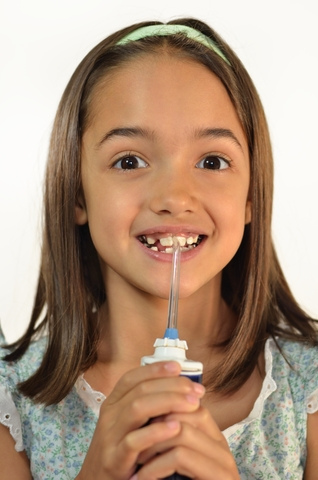Tooth Worms? The History of Cavities and Tooth Fillings
January 29th, 2025

Scientists have discovered tooth decay in specimens that are more than 15,000 years old. The ancients once thought that cavities were caused by something called “tooth worms” … Eew! They didn’t exist, of course, but how else could humans explain the holes that cavities make in teeth?
The appearance of cavities on a widespread basis is often traced to the rise of farming. The new diet filled with grains and carbs made our mouths a haven for cavity-causing bacteria. As we added more sugar to our diets, our teeth got worse.
The “tooth worm” idea didn’t completely disappear until the 1700s when scientists finally began to understand the process of dental caries. Once that part of the puzzle was solved, they began focusing on filling existing cavities and preventing new ones.
Dental Fillings Come of Age
Many different materials, including beeswax, cork, aluminum, tin, and even asbestos, have been used to fill the holes caused by dental decay. Sometime in the mid-1800s, however, dentists began to use metal fillings such as gold, platinum, silver and lead amalgams.
The amalgam we use today is mixed from liquid mercury, silver, tin, copper, zinc, and other metals, but some patients still like the look of a gold filling. Newer options include composite-resin fillings, which are made from a tooth-colored mixture of plastic resin and finely ground glass-like or quartz particles that form a durable and discreet filling. Porcelain or ceramic fillings are natural in color, but more resistant to staining.
Dr. Chad Vanourny can help decide which filling is best for you, based on cost as well as your dental and lifestyle needs. You may not have “tooth worms,” but if you have cavities, contact our Charlotte office so we can take the proper action to protect the health of your mouth.




 Website Powered by Sesame 24-7™
Website Powered by Sesame 24-7™